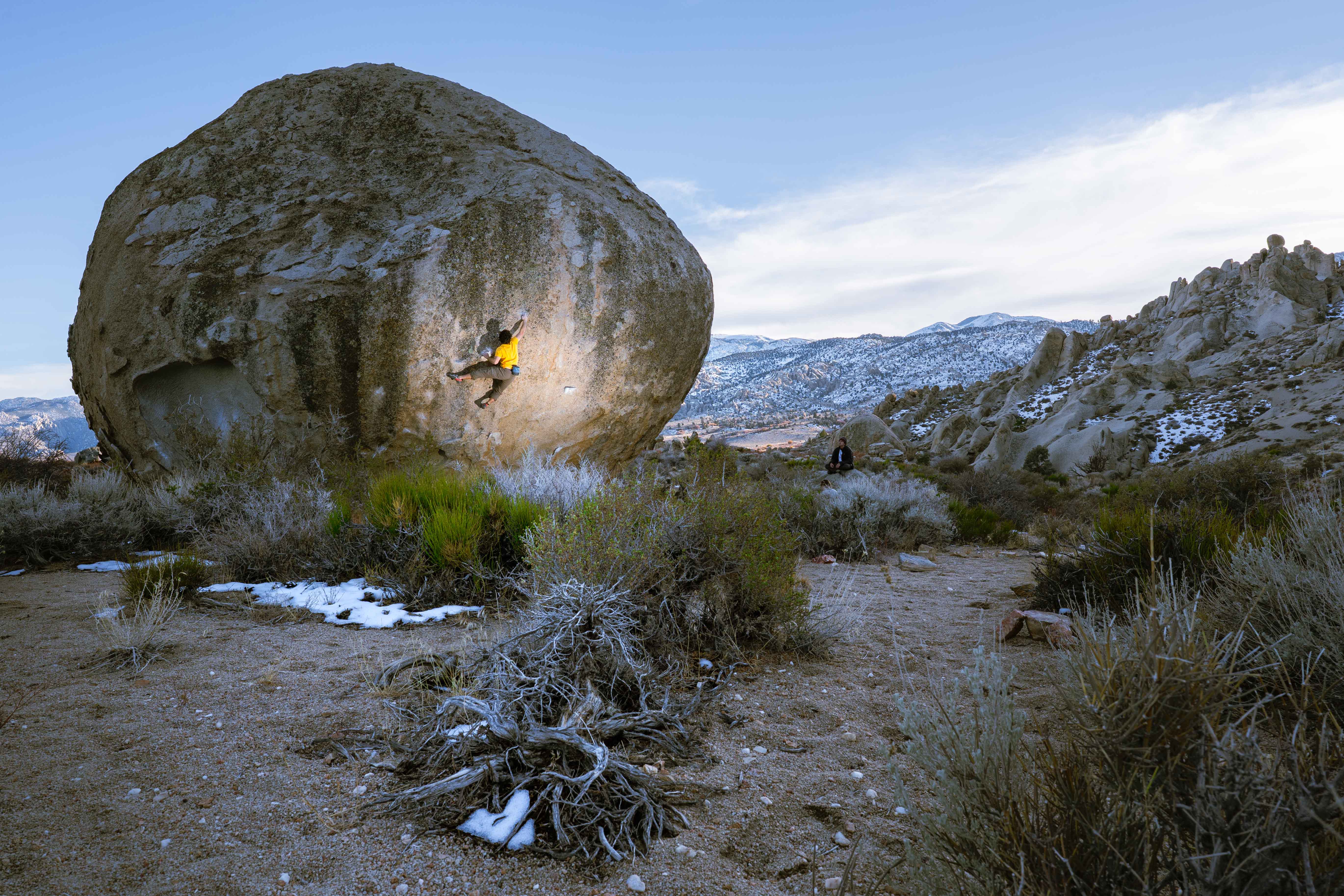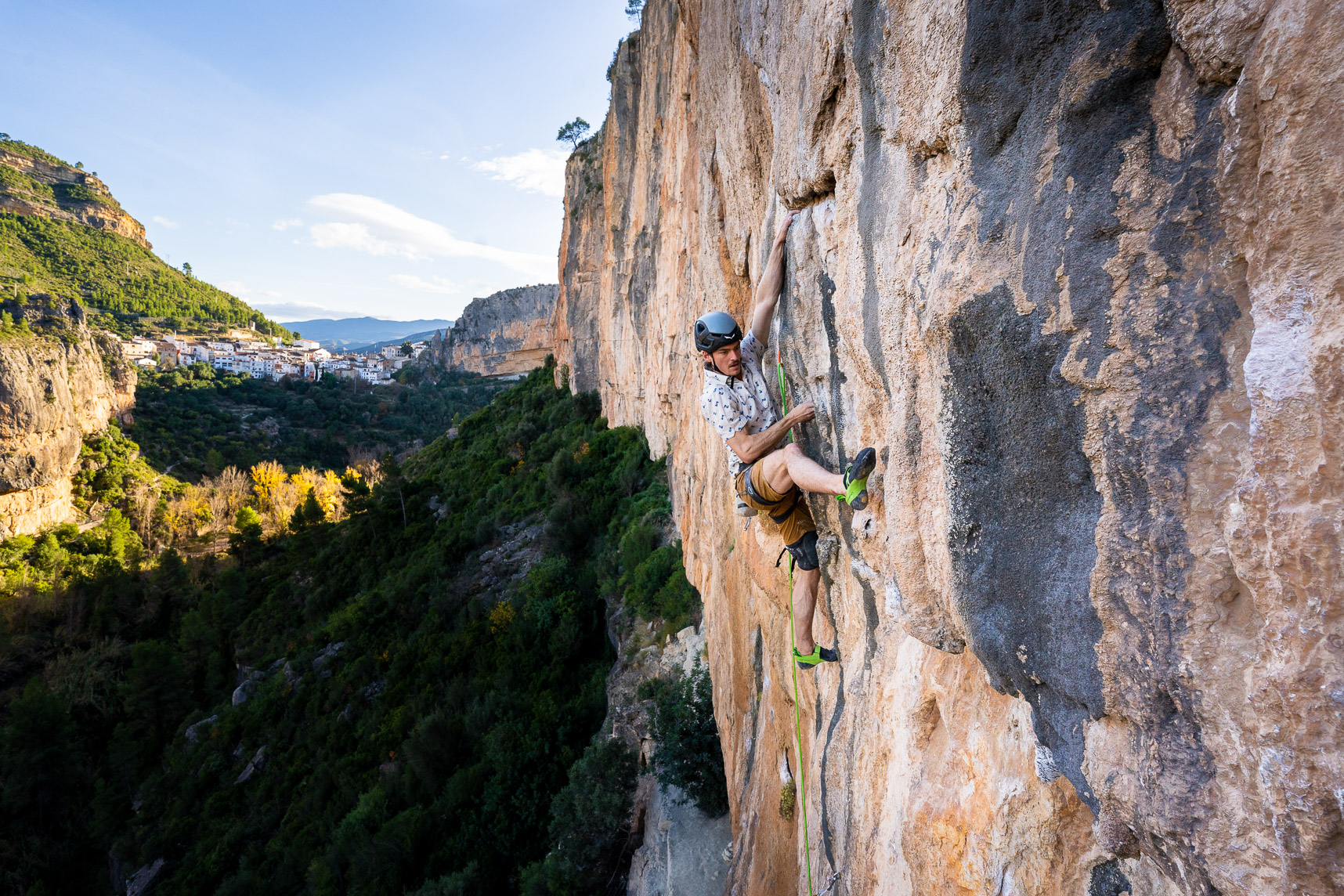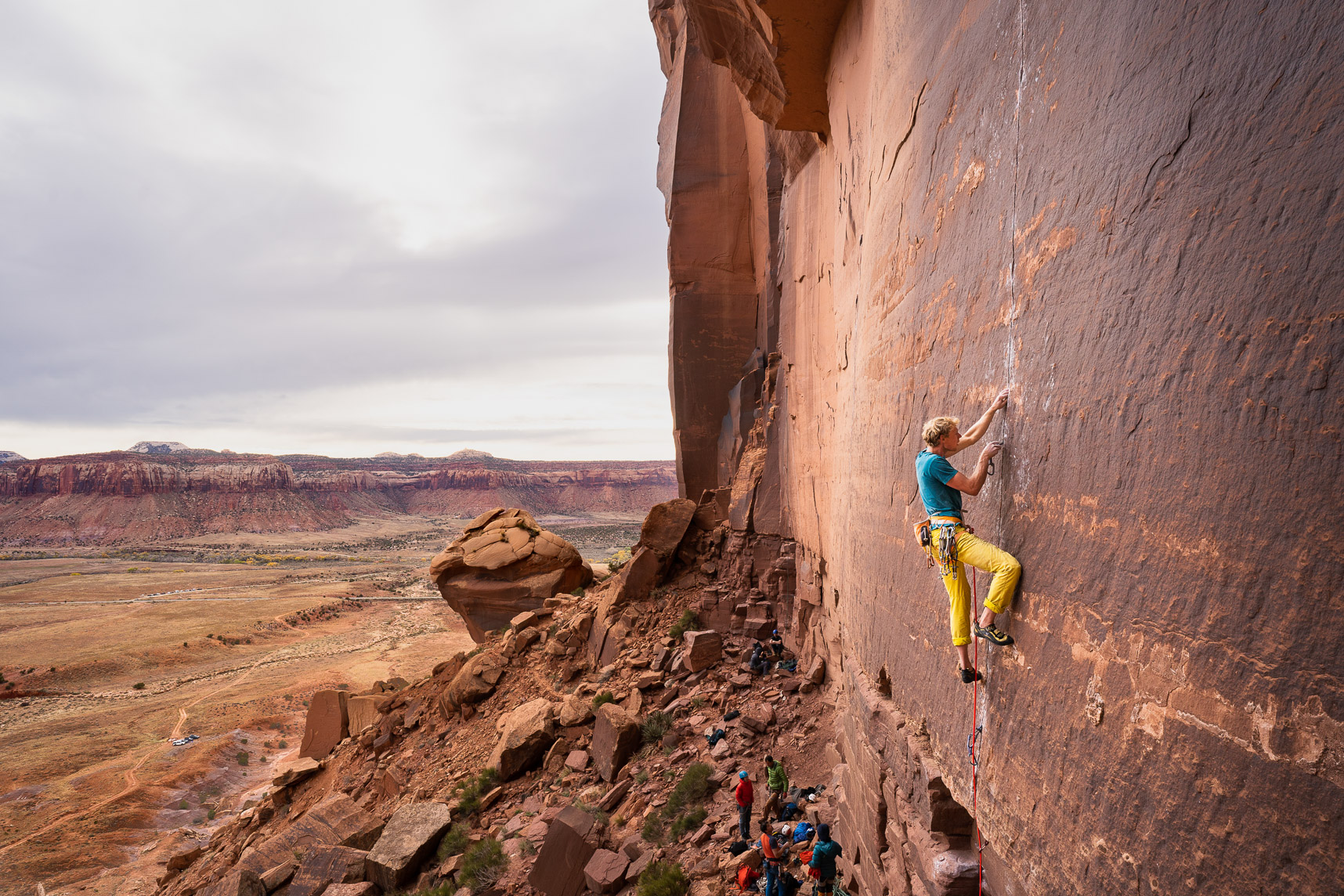Nuts
published in the Colorado College Alpine Journal, 2016
I distinctly remember telling my mother I’d never take up trad climbing. Why this exchange comes to me now, as my feet struggle to find purchase on the glacier polished Northwest granite and my two left middle fingers attempt futilely to seat themselves in a shallow pod above my head I’ll never know. Her face, lips curled slightly downward, eyed me intently. “It’s where you put your own gear in the wall. In cracks and stuff. That’s when things fall out. I don’t do that. It’s dangerous.” I chuckle and my belayer is caught off guard by it, rope swaying in the wind, the last small nut I’ve placed firmly seated in a small protrusion well below my feet. My left arm locks tight and my right finds a small ledge above it as my feet slide from under me and my hands follow as the rope goes slack and pulls taut and further conjoins the nut and the surrounding stone. I hoot and holler and slap the rock in frustration and glee and disbelief as the adrenaline tickles in my throat and chest. “Sorry mom!” I tell into the mist and wonder how the hell this situation feels normal.
Climbing came to me, I guess, a product of arriving at Colorado College a starry eyed Freshman surrounded by and looking for a myriad of fresh experiences. A friend who had climbed before brought me to the CC gym. I’d surfed my way through high school, seeking respite among the concrete expanse of Los Angeles. Climbing gave me the same escape, and quickly after discovering the sport I fell into it full force. Its similarity to surfing drew me close and filled that guttural need for isolation and adventure. Naturally, I began chasing plastic holds like I once chased waves. I dreamed of thousand foot weaknesses tracking up sheer walls of stone like I once dreamed of ruler edged swells marching out of the Pacific and unloading their weight upon the shore. The fear of plummeting towards earth replaced my fear of drowning under a torrent of whitewater; my value of self now measured by my ability to move gymnastically between ever diminishing fissures of rock rather than by the lines I drew on each wave. I was hooked. I still am.

It’s night and we’re flying through a desolate stretch of highway 70, a straight shot from nowhere to nowhere else, four of us sardined and jovial cackling over some pulsing rhythm, some tattered guidebook passed around furiously, each person methodically earmarking the page for another Joshua Tree, Indian Creek, Red Rock route, the book so annotated that each earmark becomes useless and yet the book keeps circulating, collecting ideas, capturing imaginations. It could be any fair weather block break from the last four years and I don’t mind the repetition. This time, though, Vegas shines in the distance and we stop in a dark, silent corner, outside the city.
Nobody folded the corner down on the guidebook’s page for the Original Route up the Rainbow Wall, but here we are, Takanori Kondo, Fletcher Keeley, J.J. Calhoun, Nina Freedman, Chris Vale and I slogging through a dry creek bed towards the steepest wall in Red Rock, eyeing the crease splitting the gray massif. We bivy and fight a wide eyed creature off our food in the night before waking at dawn and starting the climb.
Chris is dead now. The accident report says he rappelled off an improperly fixed rope on the East Ledges descent of El Capitan, falling into the void. He was found with the rope still through his belay device but no longer attached to the wall.
Midway up the climb I watch Chris leap for a jug from a delicate stem, hitting the hold as his feet cut without a sound, no indication of struggle. I take off on the next pitch, stemming and clawing my way up an overhung pin-scarred corner, barely making it fifteen feet before I’m hanging on a taut rope. I look down and Chris is at the belay and bringing up Nina, the entirety of the Rainbow Wall posing no problem for him. I’m annoyed, rushed, the climbing and exposure and stress surmounting as this kid bounces up carefree behind us. We top out eventually and rappel in the dark, somehow sorting our bodies from the two tangled ropes each hundred feet before we’re solidly on the slabs below, moonlight rising behind the drowning glow of the Vegas skyline. “I’m gonna take off, if that’s alright,” Chris says, “I’m meeting up with Joe in Vegas.” His headlamp bobs down the trail and the next I hear of him he’s dead.

I’ve often told people my joy in climbing comes from the sport’s inherent expectation of failure. Once one learns the hard skills and earns enough mental fortitude to push one’s climbing, hard ascents often require falling off many times before a clean ascent comes together. We’re blessed by this, I think: what other part of life can any of us truly fail, repeatedly, magnificently, without consequence? No job, no relationship, investment, no driving maneuver. Nothing. Yet accidents like Chris’s passing challenge this: there is consequence and a high degree of risk each of us take when we tie in. I’ve only witnessed one accident, but it solidifies this point. A crisp morning at Turkey Rocks, snow on the ground, I watched a woman fall backwards and skate down a bulbous face before her belayer grabbed her rope with his bare hand, catching her inches from impact with a massive block. Her belayer thought she would rappel, she thought she would lower. I thought she was dead.
Maybe we, I, climb to be acutely aware of that fear. That ever-present consequence and risk drive us. That we all have a sick mental and physical masochism, seeing what we can endure, how far we can push our personal limits. This, I think, is part of most of us, a desire to see just what we’re capable of. It extends past the physical climbing: long, late night drives to Indian Creek, early morning departures after partying into the wee hours of the night, long unmarked approaches to no name crags. Hell, many a climber’s dream is ditching all classic measures of success and moving into a car full time, just to see how far we can push this lifestyle.
The first rain hits just after high noon, bringing with it a dense, suffocating fog. I’m midway up a thousand and something foot granite buttress jutting out well into the Kaweah River drainage. A ledge provides a safe rest until the worst passes but we up our pace, six or eight pitches from the summit. I’m belaying off a cam below my feet and a shallow nut at my waist when the hail starts, bringing with it an incessant patter on my helmet and another dense band of fog. I can hardly see my partner fifty feet in front of me, pulling on roots, navigating foliated lower angle terrain, dangerously far above his last piece of gear. He slithers his way into a belay and I start climbing, sticky rubber skating on balls of ice and failing to grip the frozen leaves and bark and stems I’m pulling on. A loud crack rings overhead and a blinding white flash illuminates the white fog and white granite and I’m not thinking, just climbing on roots, on rock, on intuition and hope and fear. We find a small overhang and both crouch for shelter under it, rivulets turning to rivers running down the granite expanse and the hail bouncing all around, filling our shoes and rolled up pant cuffs. “Isn’t this fun?” I quip through chattering teeth. “Doesn’t granite conduct electricity?” Victor retorts as another blinding flash whitens the sky.

The weather breaks and we summit, drenched, and silently start the hike down. Both our summit beers stay in the pack.
Maybe we climb for no reason at all. Chouinard lovingly called climbers “conquistadors of the useless.” There’s truth and solace in that. We devote time and unbelievable energy into useless achievements, chase far away goals with nothing to do at the top but descend. We try and fail on the same unchanging path of stone again and again, though often an easier route to the top exists. Often, when we succeed, we lower without reaching any summit at all. We sacrifice time, careers, relationships to get out and stay out of normal society, surrounded with self-affirming pursuers of the useless and endless potential of vertical terrain. And there is no point. There never will be.
